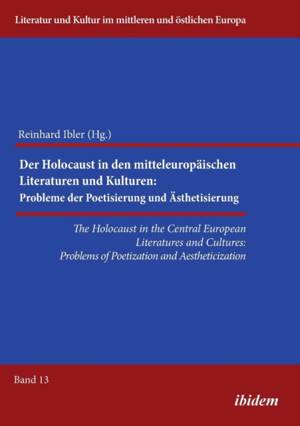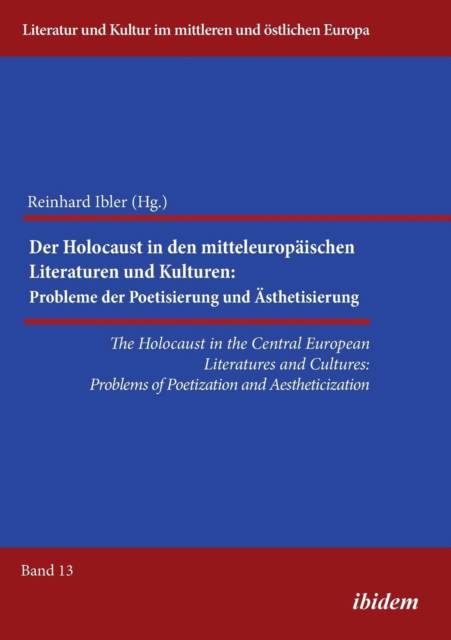
- Afhalen na 1 uur in een winkel met voorraad
- Gratis thuislevering in België vanaf € 30
- Ruim aanbod met 7 miljoen producten
- Afhalen na 1 uur in een winkel met voorraad
- Gratis thuislevering in België vanaf € 30
- Ruim aanbod met 7 miljoen producten
Zoeken
The Holocaust in the Central European Literatures and Cultures
Problems of Poetization and Aestheticization
€ 41,95
+ 83 punten
Omschrijving
This volume addresses a problem of high controversy: Relating the Holocaust to poetic and aesthetic phenomena has often been seen as a taboo, as only authentic testimonies, documents, or at least 'unliterary', prosaic approaches were considered appropriate for dealing with the topic. However, from the very beginning of Holocaust literature and culture, there were tendencies towards literarization, poetization, and ornamentalization. Nowadays, aesthetic approaches-also in provocative, taboo-breaking ways-are more and more regarded as important instruments to evoke the attention required for keeping the cataclysm in the collective memory. The contributions of the volume using examples predominantly from Polish, Czech, and German Holocaust literature and culture focus on selected aspects of this complex of problems, such as: poetry of concentration camp detainees; lyrical poetry about the Holocaust; poetical tendencies in narrative literature and drama; 'ornamental prose' about the Holocaust; devices and functions of aestheticization in Holocaust literature and culture.
Specificaties
Betrokkenen
- Uitgeverij:
Inhoud
- Aantal bladzijden:
- 296
- Taal:
- Engels
- Reeks:
- Reeksnummer:
- nr. 13
Eigenschappen
- Productcode (EAN):
- 9783838209524
- Verschijningsdatum:
- 1/10/2016
- Uitvoering:
- Paperback
- Afmetingen:
- 174 mm x 212 mm
- Gewicht:
- 384 g

Alleen bij Standaard Boekhandel
+ 83 punten op je klantenkaart van Standaard Boekhandel
Beoordelingen
We publiceren alleen reviews die voldoen aan de voorwaarden voor reviews. Bekijk onze voorwaarden voor reviews.







